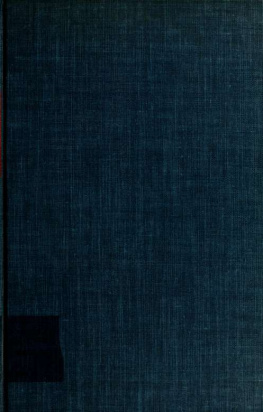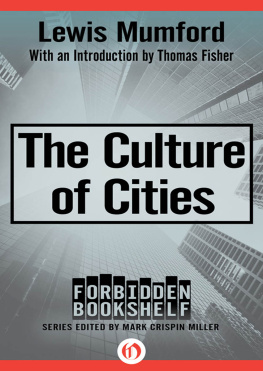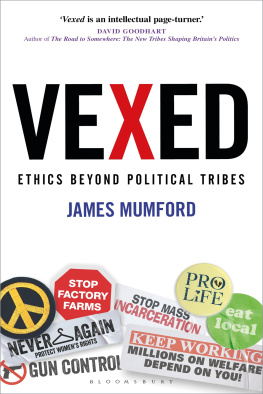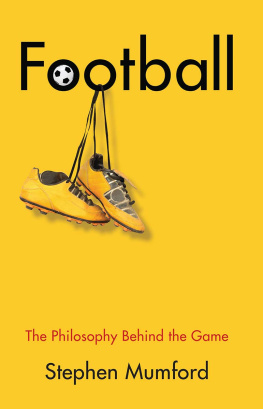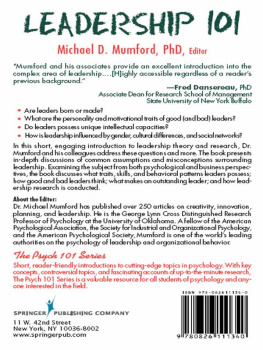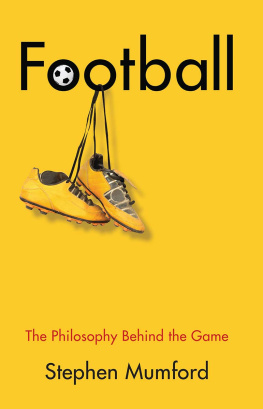1
When we go back to the origins of man, we go back to a time before he left any records except his own bones; and all too few of them. Some day, at the bottom of a sunken ocean bed, or in caves yet unexplored, we may discover richer human relics. But it is doubtful whether material objects, bones, stones, shards, can reveal what we want most to knowby what cunning and daring, by what dreaming and searching, man discovered the germs of his own humanness and nurtured them. What matters most about mans past will remain in the realm of speculation and fantasy. Teased by this obscurity, almost every people has fashioned a myth about its origin, nature, and destiny, though too often the mythmakers ask themselves only how their kind became Babylonians, Greeks, Jews, Romans, Japanese, and not when and how they became men.
Since none of these old myths does justice to our present knowledge, I purpose to fashion a myth that will be more in keeping with the science of our time, yet more ready to venture into factual quicksand than the scientist, if true to his prudent code, can let himself be. This new myth does not, it goes without saying, profess to come from divine revelation; nor yet can the earlier parts of it be called, even by the most generous stretching of the words, verifiable truth. But in its speculative vagueness, as in its dubious flashes of illumination, it reflects the actual mystery with which it deals. Where the facts are beyond recall, our myth will seek to reconstruct them by reading back from the known into the unknown, since the historic transformation of man is repeated, in effect, with the birth and nurture of every new human being.
In significant ways, the terms of the present myth of man have changed. We no longer ask for some dramatic moment of creation that calls for an external and all-powerful creator. The extension of astronomic and geologic time lessens the need for sudden power: our creative agent is inseparable from the long process of creation itself, slowly gathering purpose and direction over the aeons, gradually making up its mind and at last, in man, beginning to achieve the first glimmer of self-consciousness.
Something that may later be identified as life and mind perhaps is present at every stage of the cosmic process, though visible only when one looks backward. Certainly, long before man came on the scene, a multitude of organisms had taken form and invented ways of perpetuating that form and altering it, each after their own kind, within the life cycle of their own species, in relation to environments and organic partnerships that sustained it. Out of this cosmic web of life stepped man: the creature that dared consciously to be a creator, and that found another path to creation than that of biological metamorphosis.
Man seems to have descended from a group of apelike primates that lived in trees, when a large part of the earth boasted a tropical climate. In one or more places, at one or more times, this creature took the first steps toward becoming human. Some alteration in his metabolism, some mutation in his genesyes, perhaps some inner impetus and needendowed him with a bigger brain, relatively, than almost any creature but the mouse possesses; and mans sustained urge to make something of it started him on his long career. That change made it possible for man to live in a more complex world, or rather, to take in more of the complexities and possibilities of the real world: it brought with it the development of greater manual skills, finer co-ordinations, greater sensitiveness to both outer stimuli and inner promptings, a greater aptitude for learning, a more retentive memory and a more wary foresight than any of his ancestors could boast.
The overgrowth of the human brain may signify a more general condition that sets man off from his nearest animal colleagues: an abundance of unused energy not marked for nutrition, reproduction or defence. In other animals, excess vitality runs off mainly in muscular play. In man, it produces a constant undercurrent of sounds, images, exploratory actions. His infantile interest in his own body and its products includes other expressions, though his tendency to blow and bubble and babble and hum has no purpose or direction at the beginning except sheer organic activity. Arnold Gesell has shown that in early infancy a baby will turn to constructive acts, putting one block on another, before anyone instructs him in these possibilities.
In short, the undifferentiated material for symbols and fabrications rises out of man, not waiting for any external challenge, but prompted by his own maturation. And it is surely no accident that the least controllable part of this flowbut eventually the most significant, indeed the very source of significancewells up from the unconscious. What was uniquely serviceable for mans development was his ability to fix and formalise these spontaneous images and symbols, and to attach them to objects provided by the external world.




